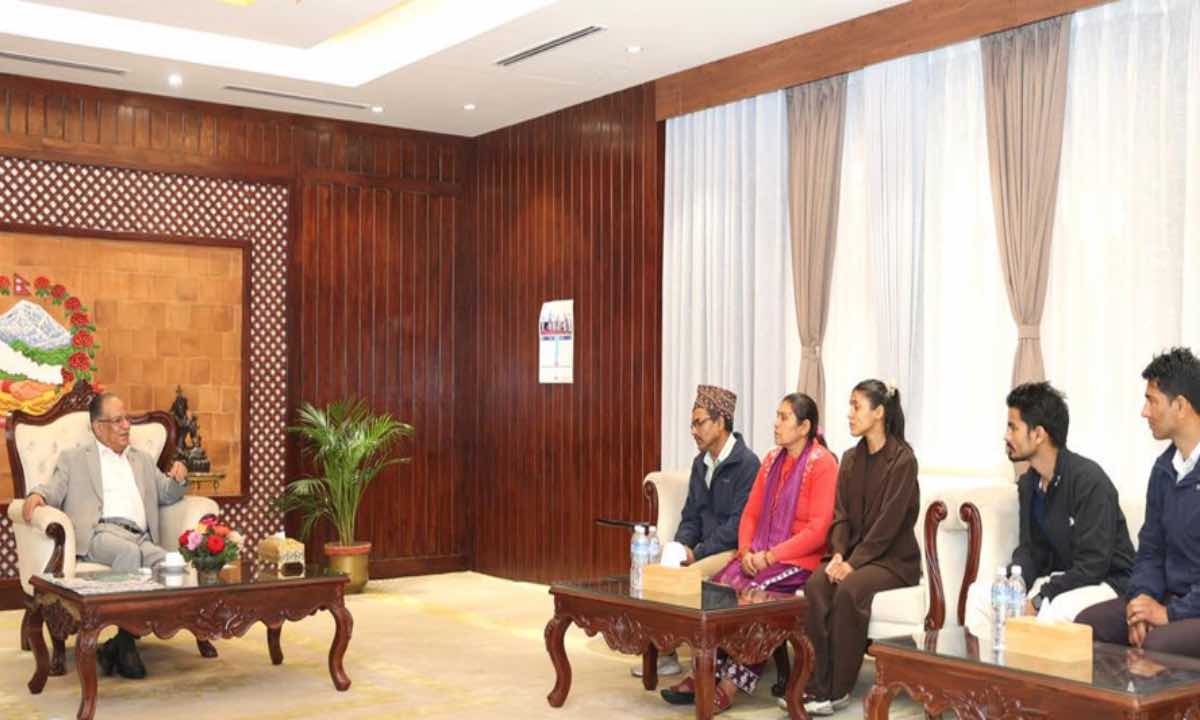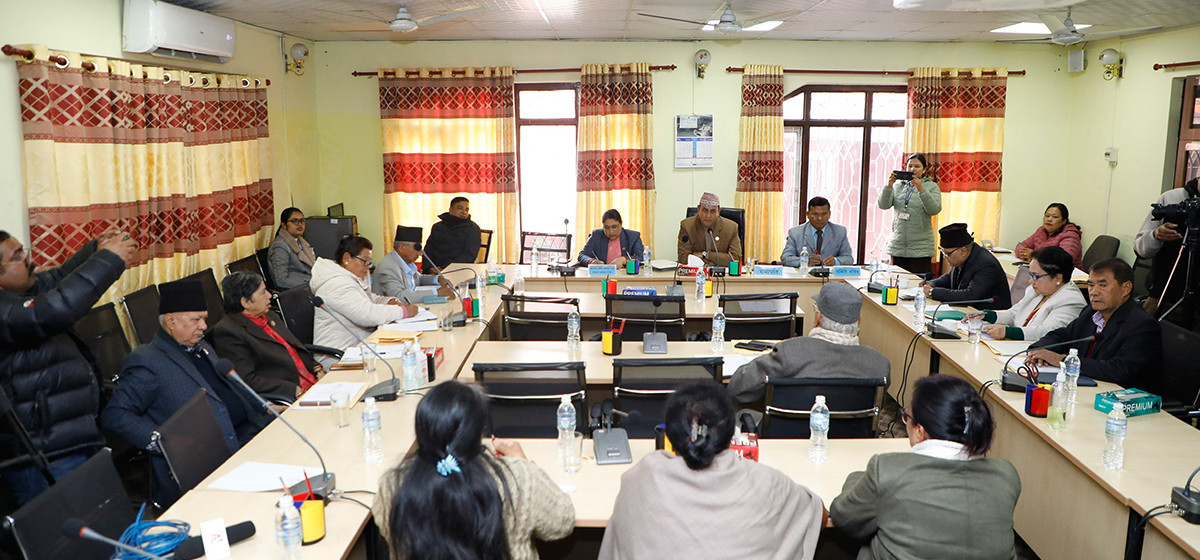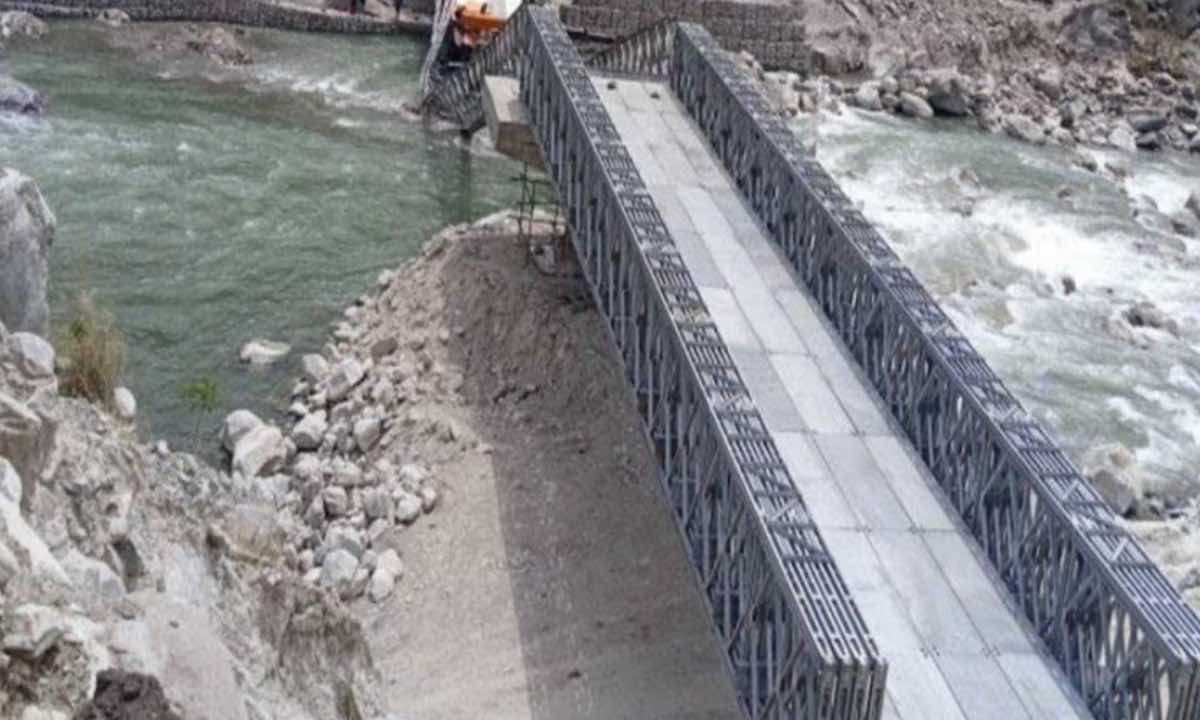
OR

More from Author
Rebooting Nepali economy requires a collective, coordinated and multi-dimensional response. Support of development partners will be crucial
Nepal is among the least developed nations with around one-fourth of its population living underneath the poverty line. It is heavily dependent on remittances, contributing to as much as 30 percent of GDP. Agriculture is another pillar of our economy, providing jobs to nearly 66 percent of population.
The country has embraced a development model for a “Prosperous Nepal, Happy Nepali” aiming to become a developing country by 2022 and a middle-income country by 2030. To achieve this, it must increase its investment rate by 10 percent by 2021. However, this is only possible with a shift from consumption-based and remittance-led growth to investment and output driven growth. We have a powerful government but people are questioning its ability to deliver: Will the government be able to bring happiness and prosperity to Nepal? What is really required to fix the current economic downturn?
The global economy is experiencing a significant change in cutting-edge technology and automation. This has led to a digital revolution. The developing countries like Nepal have to prepare from all perspectives to ride this digital wave. To connect the new digital economy with development, the country demands a skillful workforce with conceptual and innovative thinking with the ability to take a risk and create values. Nepal should pursue policies that encourage entrepreneurship and innovation.
According to International Telecommunication Union (ITU), Nepal has made a huge progress in digital transformation. With internet penetration reaching 63 percent in 2018 as stated by Nepal Telecom (NTC) report, Nepal is expected to be a forerunner in internet penetration at 79 percent and 124 percent mobile connection penetration by 2025. With efficient and innovative technology and service delivery models, any kinds of industry and business can reduce the fixed cost to a large extent.
There are two main factors behind the shortcomings of Nepal’s banking system. The degree of financial inclusion is yet to be achieved. Similarly, the financial depth as explained by the percentage of credit to GDP in the economy is still unsatisfactory.
Nepal needs to regulate payment banks that deal only with deposits and remittances, not credit. Likewise, the commercial bank has to concentrate its sectoral focus on the unserved sections of the economy. The foundation of an emerging banking structure should possess vertical differentiation, based on service type it offers (deposits, transfer or credit) and horizontal differentiation, emphasized on sectoral focus.
The government plans to make all digital payments through national e-payment gateway that includes VAT, income tax and excise duty. This helps customers to get quick service, make transparent transactions and reduce tax evasion. Moreover, the digital payment system will minimize cost of doing business, improve proficiency, reduce difficulties and increase transparency.
Nepal has made a good progress in access to finance. The data published by Nepal Rastra Bank in mid-April 2019 shows that 174 licensed institutions have 8,205 branches, offering services to 3,559 people through each branch on an average. So far, at least one branch of commercial bank has been established in each of 724 local levels.
Nepal needs to develop primary industry (farming and mining), secondary industry (manufacturing steel and vehicles), tertiary industries (teaching and other services), and quaternary industry that include research and development industries to achieve higher economic growth.
According to Department of Customs, Nepal has exchange surplus with just 28 nations and deficiency with 112 nations out of 140 over the globe with trade deficit of over 887.88 billion. Nepal should focus on diversifying export of specific goods which are in high demand in the international market. Due to high real interest rates, the demand in short-term capital has reduced which damages the economy by keeping the high cost of capital. In this regard, the role of NRB is crucial to control appreciated real exchange rate. Otherwise, Nepali exports have to suffer from surging imports making domestic producers difficult to exist and compete in the global market.
Nepal has significant scope to tap into hydropower potential, with an expected 42,000 MW of commercially achievable limit. Nepal has consented to exchange and speculation arrangements with India, China, and other nations. Due to improvement in the energy supply, the industrial capacity has tremendously increased in recent days.
As tourism has been emerging as a major input to the global economy, Nepal should not hesitate to invest more in it. Nepal has the potential to organize various sporting, cultural and musical events that could better promote tourism in the country. As indicated by the yearly economic impact report for 2018, the tourism industry represents 7.5 percent of Nepal’s GDP and is expected to rise 4.3 percent every year to Rs 287.6 billion, or 8.3 percent of the GDP in 2027.
Nepal needs to redefine its economy as per the changing global economic scenario. The government should formulate ‘people-centered economic policy’ in order to rejuvenate the economy. With such policy and greater innovation, it is possible to revive existing industries and promote new ones.
The federal budget should come in such a way that it helps reboot the economy. The rise of the government budget deficit has widened public debt discouraging investors’ confidence. The government should spend on infrastructure and human capital. The federal government should promote rules-based financial discipline with state-owned enterprises while providing them sufficient autonomy to function commercially.
Direct taxation should be encouraged. Nepal needs to simplify the tax system by widening the tax base to ensure equity and transparency. Rebooting Nepali economy requires a collective, coordinated and multi-dimensional response. The support from development partners such as IMF, World Bank and other bilateral and multilateral institutions will be a catalyst for fiscal consolidation, revenue administration, public financial management, tax policy, trade and investment facilitation, foreign exchange and capital market reform.
Mainali is currently working as a Technical Director and Pant as a communications consultant in Karnali Foundations
m.niraazn23@gmail.com
sumitpant2015@gmail.com
You May Like This

Rise in flesh trade in Karnali Province due to poverty
KALIKOT, June 25: In an unfortunate consequence of economic hardship, a young woman in her early twenties recently shared her... Read More...

Use of heavy equipment contributing to poverty
MUGU, Feb 27: The newly-adopted federalism gives priority to infrastructure development projects including road construction. ... Read More...

Ending poverty
The cost of eradicating poverty appears to be somewhat less than $100 billion actual dollars ... Read More...




Just In
- Fire destroys wheat crop in Kanchanpur, Kailali
- Bipin Joshi's family meets PM Dahal
- State Affairs and Good Governance Committee meeting today
- Gold items weighing over 1 kg found in Air India aircraft at TIA
- ACC Premier Cup semi-final: Nepal vs UAE
- Sindhupalchowk bus accident update: The dead identified, injured undergoing treatment
- Construction of bailey bridge over Bheri river along Bheri corridor reaches final stage
- Taylor Swift releases ‘The Tortured Poets Department’
















Leave A Comment